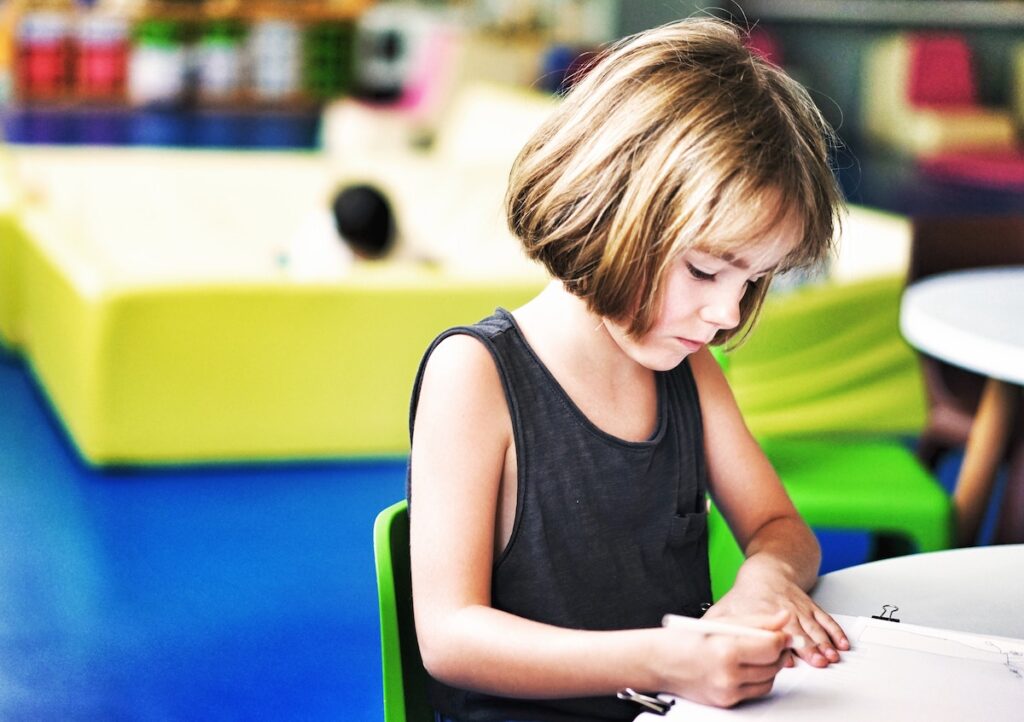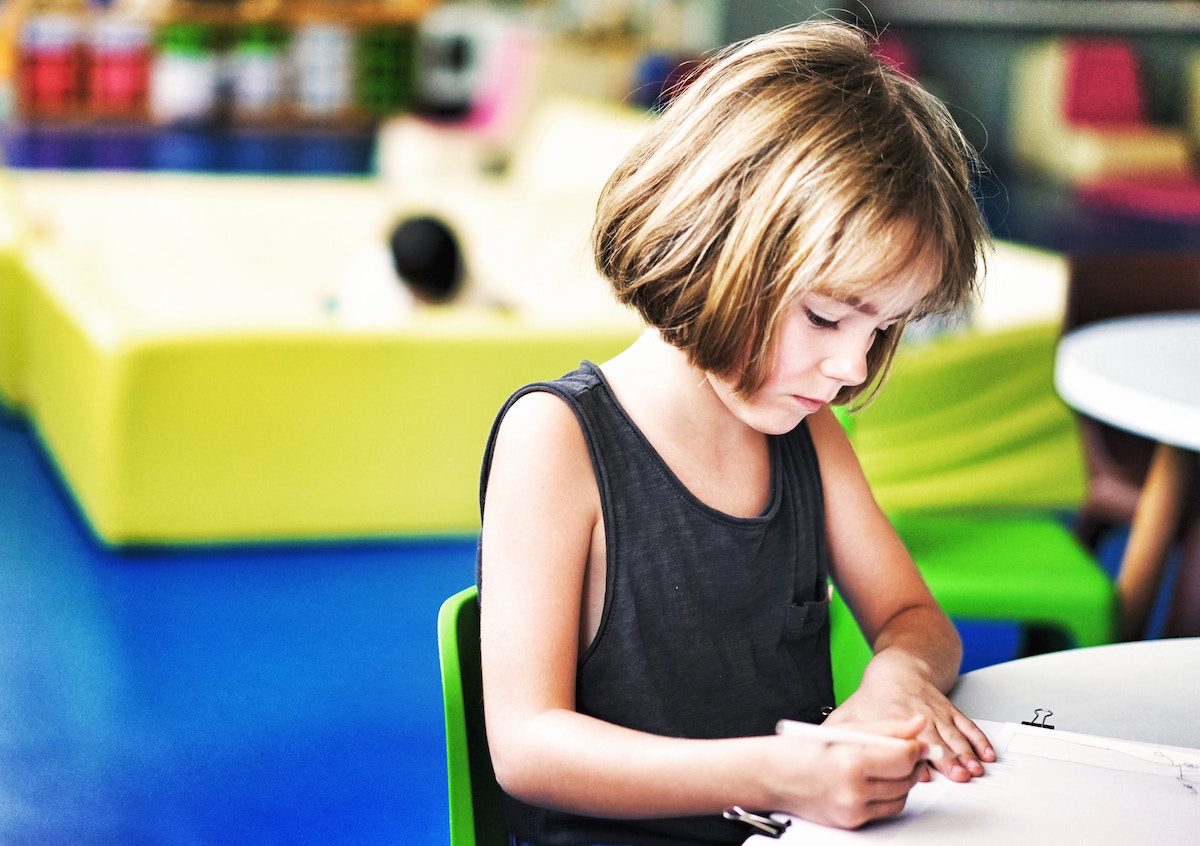The art room is a place for freedom of expression. It should be the safest place in the whole school, for all types of students.
As you prep your classroom for the new school year, here are a few suggestions to help make your art room welcoming for all students.

Welcoming ELL Students
Here are five strategies for your students whose first language is not English.
- Create a welcome sign for your classroom door in many languages, including all the first languages represented in your school.
- Translate your back-to-school welcome letter. Ask a coworker, like an ESL teacher, for resources. There may be designated translators for your school or district. Copy the letter double-sided, giving families the option to read it in English or their first language.
- When giving directions, use as many pictures or visual examples as possible. This way, English-language learners can utilize context clues to increase understanding.
- Choose to include contemporary artists who come from the same background as the student population in your curriculum.
- Label basic supplies in multiple languages to encourage students to begin exploring one another’s languages.

Welcoming LGBTQ Students
Research shows this subgroup of students may be the most “at risk” of any other adolescent group you encounter in your classroom. For many of these kids, art is a chosen outlet, and you have a chance to be a powerful advocate as their teacher.
Here are four simple ways to start.
- Educate yourself about LGBTQ issues. The Safe Space Kit: Guide to Being an Ally to LGBT Students put together by GLSEN is a great place to start. Then, signal that you are a safe classroom by posting a Safe Space sign on or near your door.
- Actively prohibit anti-LGBTQ speech in your classroom, in the same way you would address any hate speech. If you hear misuse of the words “queer” or “gay,” correct them immediately.
- Avoid gendered pronouns, when applicable, to make students feel safe.
- Include welcoming books with embedded messages. Many children’s books include wonderfully positive stories of inclusion. LGBTQ students may read these same stories on a different level. My current favorite is Red: A Crayon’s Story by Michael Hall.
Welcoming Introverts and Extroverts
Frequently, we think of race, gender, and economics as the larger determiners of a student’s identity. But, personality traits also factor significantly into who our students are and how they experience our classroom. It can be challenging for extroverted teachers to understand the needs of an introverted student, and vice versa.
Regardless of how your personality skews, here are four suggestions to welcome all types within your class.
- Provide students who are excessively shy with a chance to rehearse when asked to speak in front of the class. Ask all students to respond to a question in their sketchbook before sharing with the whole group.
- When requiring partners, switch between letting students choose their own and assigning them yourself. Don’t just default to one method or another; it can be painful for certain types of kids!
- If you have a brand new student who appears to be introverted, assign them an “art buddy” to help guide them through the classroom rules and procedures (as well as give them someone specific with whom to sit).
- Don’t just run verbal critiques, which can be intimidating to different types of personalities. Consider mixing it up with different types of written or game based critiques, too. For lots of specific ideas, check out the Critiques at Every Level PRO Learning Pack.

Welcoming Students of Mixed Socioeconomic Status
We have all heard that socioeconomic factors can often be one indicator of academic success.
So, how can we best support students who may be coming from tough situations?
- If you require students to bring a particular school supply to class, provide them with a way to save face. (Have extras on hand, speak to a student privately to provide the item, etc.)
- Or, if you anticipate that bringing supplies will be an issue for many kids, don’t require any supplies from home!
- Avoid metaphors or descriptions that alienate by relying on a higher socioeconomic status for understanding. (For example, riding in an airplane, buying a new pair of shoes at the mall, etc.)
- Never assign homework that requires the use of technology or uncommon supplies outside of school, as some students may not have access.
Welcoming Students with Special Needs
Our students with special needs make our art room environments richer. Be sure to carefully review their IEP’s so you know what types of accommodations and modifications to provide.
Welcome these students by considering the following five measures.
- Provide a laminated pass to take a brief movement break outside of the art room, like walking to the drinking fountain and back.
- Cover harsh florescent lighting directly above the student’s desk to cut down on overly stimulating light.
- Provide noise-canceling headphones when necessary.
- Accommodate for sensory needs with adapted supplies and a tub of materials for sensory breaks.
- For even more strategies and suggestions, check out the Teaching Adaptive Art and Setting Up An Autism-Friendly Classroom PRO Learning Packs.
Everyone deserves a space to feel supported and welcome. With a little planning and attention to detail, you can make your art room that space for each student you encounter.
How else do you welcome special populations into your art room?
What other tips and tricks do you have for developing a positive classroom environment?
Magazine articles and podcasts are opinions of professional education contributors and do not necessarily represent the position of the Art of Education University (AOEU) or its academic offerings. Contributors use terms in the way they are most often talked about in the scope of their educational experiences.





